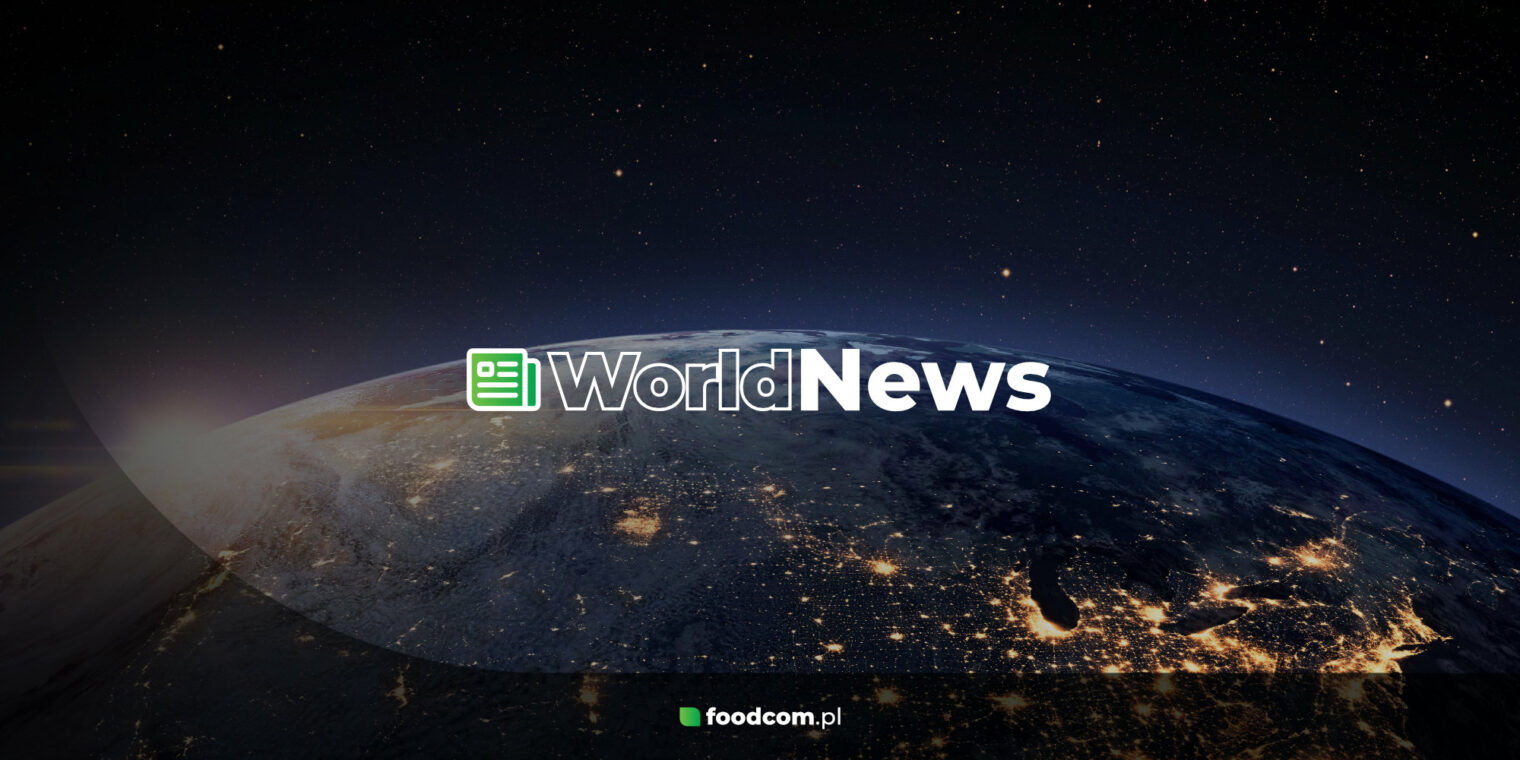Read our report with highlights from the feed additives market in the last quarter of 2021 including amino acids and vitamins. Discover various factors leading to the price hikes for feed-grade components recently. Take a look at record prices and learn about the challenges anticipated for the feed additives market.
Amino acids
In late 2021, the global market for feed-grade amino acids had been experiencing supply shortages and price volatility. In November, imports of lysine to the U.S. have slowed as supply from China was scarce. Production constraints and disruptions in shipping were tightening the availability of the product. Archer Daniels Midland – a key producer of lysine in the U.S. – has stopped the production of dry lysine in 2021 and now offers the product only in a liquid version. Currently, almost the entire demand for dry lysine in the U.S. relies on imports, dominated by the Chinese market.
Farmers are struggling to acquire the product, especially in dry form, as it is commonly used in animal feed. The prices for lysine have nearly doubled recently, and even more on the open market. Farmers are pushed to increase the share of soybean meal in forage rations for swine to make up for the limited amount of lysine. Since soybean meal is more expensive, the feeding costs are rising too. In turn, prices for soybean meal are growing as well. However, for nursery pigs and lactating sows, such a solution is not recommended as their diets are already composed of the maximum level of soybean meal. Hog farmers will therefore need to save their tight lysine supplies for these animals. Additionally, a higher level of soybean meal in the animal diet results in more nitrogen excretion. On one hand, it allows the farmers to cut some costs on fertilizers but on the other, it evokes a poorer environmental impact.
Soaring prices of feed and feed additives, including lysine, are also affecting poultry farming. For example, the price for eggs in Nigeria is raising drastically, and some farmers have been forced to quit the business not being able to ensure profitability. Furthermore, as they are commonly used with lysine, price increases are expected for other feed-grade amino acids including threonine, tryptophan, methionine, and valine. The use of these other components is dependent on lysine availability and prices, so the manufacturers will put their efforts into lowering the prices and upping the production. According to the experts, the lysine shortage is expected to continue at least until spring 2022.
Regarding the market for other feed-grade amino acids, the prices for methionine have been reported to decrease in mid-November with a steady supply and demand situation, after a volatile period of sharply reduced orders. At the same time, the supply of threonine is dropping significantly since early autumn, as one large manufacturer has shut down one of the production lines. The prices for threonine are relatively stable on lower demand than that of lysine and are not expected to decrease significantly. Between late October and the end of November, the demand for some amino acids has been slowing down as feed processors have already secured their stocks. Downstream demand for lysine has been slightly tempered at the beginning of December. Experts predict many challenges for the feed-grade amino acid market in the next weeks including delivery disruptions, logistic arrangements in winter, and volatile prices of corn.
Vitamins
At the beginning of December, feed-grade vitamin production in China has been majorly disrupted by the soaring number of positive Covid-19 cases recently diagnosed in Zhejiang province. People are going into quarantine, while some domestic flights are being canceled and connecting roads are blocked. Production in certain areas was shut down. Among the concerned companies are Zhejiang NHU Pharmaceutical and Shangyu NHU Bio-Chem, both large-scale manufacturers of feed-grade additives such as vitamin A, D, and E. Furthermore, the Chinese government has ordered to temporarily close several factories in the northern region to reduce the air pollution before the upcoming Winter Olympics held in Beijing. Such initiative is expected to further disrupt the supply chain in the forthcoming weeks.
Earlier in October, the prices for some vitamins, including feed-grade products, produced in China have increased significantly, especially for vitamin K3, vitamin B6, and vitamin C. Choline chloride was noted at a record $4373.44 per tonne – raising almost fivefold in just one month but has recently decreased back by almost 50%. Vitamin C is expected to expand in the market as a new production site in China is in trial mode for 40,000 tonnes per unit with commercial export activity anticipated to begin in the first quarter of 2022.








